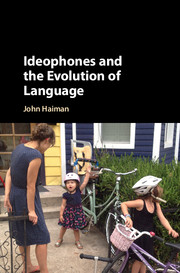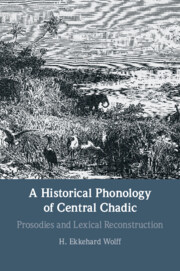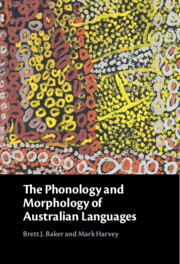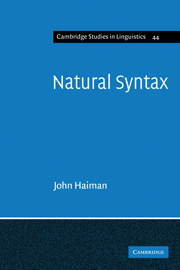Ideophones and the Evolution of Language
Ideophones have been recognized in modern linguistics at least since 1935, but they still lie far outside the concerns of mainstream (Western) linguistic debate, in part because they are most richly attested in relatively unstudied (often unwritten) languages. The evolution of language, on the other hand, has recently become a fashionable topic, but all speculations so far have been almost totally data-free. Without disputing the tenet that there are no primitive languages, this book argues that ideophones may be an atavistic throwback to an earlier stage of communication, where sounds and gestures were paired in what can justifiably be called a 'prelinguistic' fashion. The structure of ideophones may also provide answers to deeper questions, among them how communicative gestures may themselves have emerged from practical actions. Moreover, their current distribution and behaviour provide hints as to how they may have become conventional words in languages with conventional rules.
- Provides a comprehensive examination of the evolution of language, utilizing actual data from real languages
- Prior stages of evolution are discussed, and readers will be able to relate the genesis of human language to the genesis of communication in other animals
- The examination of the transition from ideophones to conventional words enables readers to relate these changes to relatively well-known diachronic processes in language
Reviews & endorsements
'This is a splendid book - lively and stimulating, presenting the ideophone as a source in language phylogenesis and a new role for play in fostering the distinction between 'doing' and 'showing' at the origin. Haiman's style, erudition, and provocative hypothesis invite one into a joyful discussion.' David McNeill, University of Chicago
Product details
December 2017Adobe eBook Reader
9781108184571
0 pages
0kg
7 b/w illus.
This ISBN is for an eBook version which is distributed on our behalf by a third party.
Table of Contents
- 1. The gestural origin theory of language genesis
- 2. What are ideophones?
- 3. Lexical origins of ideophones
- 4. Suiting the word to the action: oral charades
- 5. Ideophones as a possible solution to the ritualization problem
- 6. Taming ideophones: from showing to telling
- 7. Repetition in the genesis of signs, art, and ideophones.






